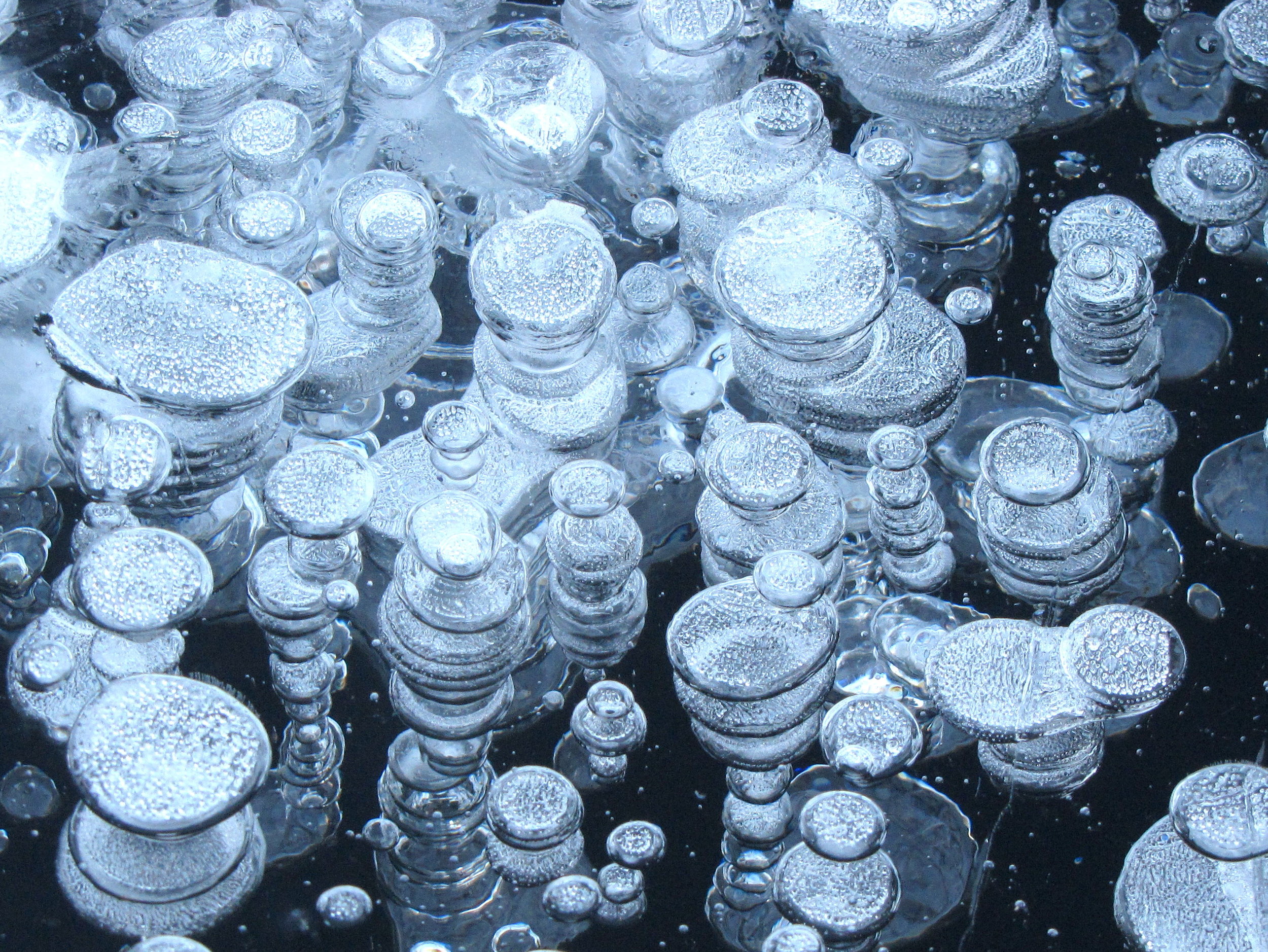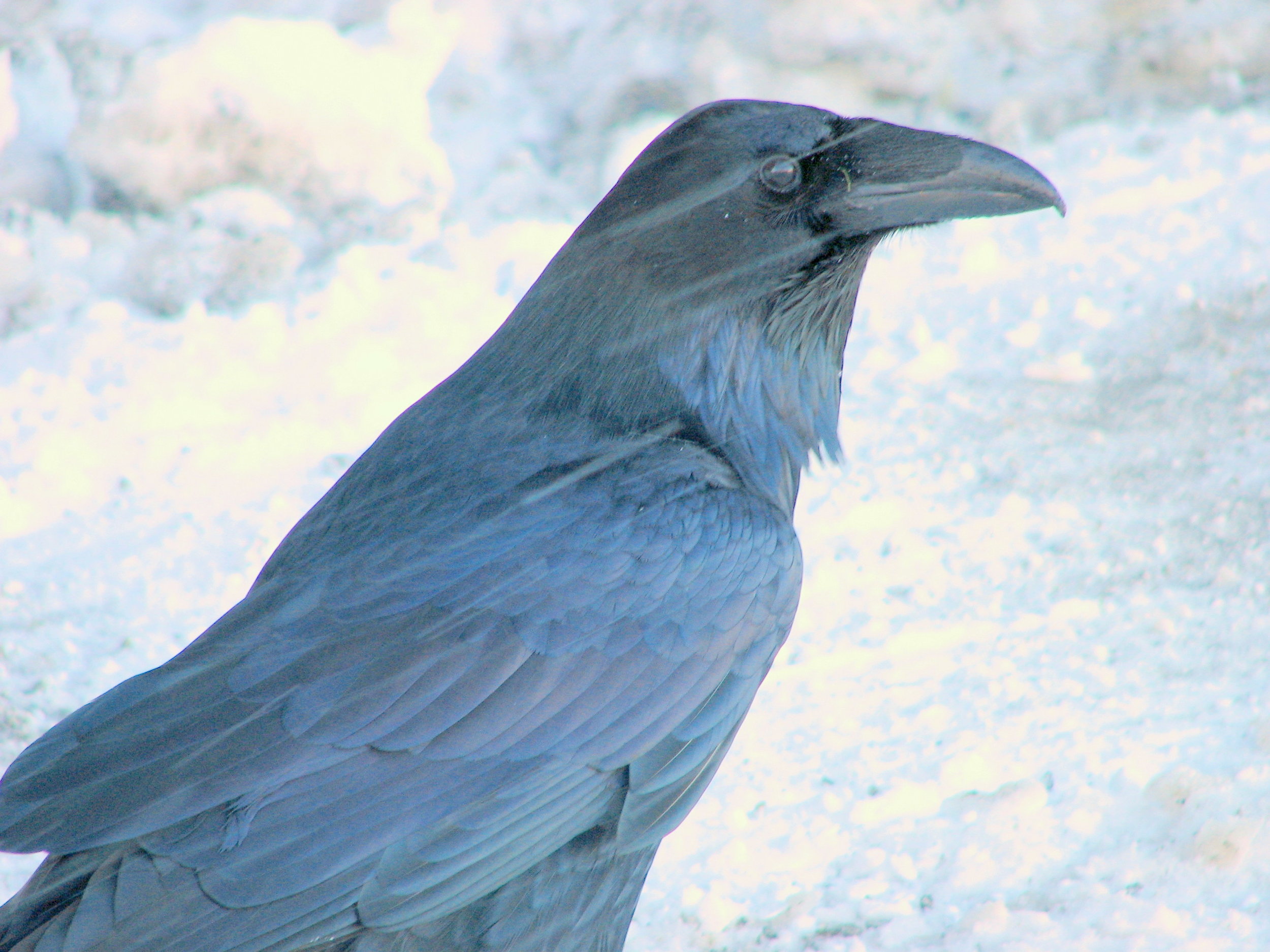The Nature of Cold
Text by Liz McKenzie and Photos by Richard Nelson
Winter in the far north can be as beautiful as it is challenging.
Strange things happen when the temperature sinks to 40 or 50 below zero…or even colder. Tree trunks crack, ice on rivers and lakes makes deep resonant booms, sparks snap from fingers to door handles and light switches, and even the slightest sounds carry far in the dead-still, super dry air.
What makes winter and the deep ensuing cold happen?
If the earth's axis was perfectly vertical, there would be no change of seasons as our planet makes its once-yearly circuit around the sun. But our planet's axis is tilted, so during one part of the year the Northern Hemisphere leans toward the sun and in the opposite time of year our hemisphere tilts away from the sun.
As a result, two things happen in the northern summer: the days are long and the sun is more directly overhead, making the solar radiation both more sustained and more intense.
At high latitudes, in fact, the summer days are very long. Above the Arctic Circle, the sun doesn't set at all during midsummer, and the day length increases as you go farther north. The long summer days, very short nights, and direct sunlight allow warmth to build up, especially over the land. In tundra country well above the Arctic Circle, summer temperatures sometimes reach the 70s; and in the boreal forest, high temperatures in the 80s or even the 90s are not uncommon.
In winter, everything is reversed. The earth's axis tilts our Northern Hemisphere away from the sun, so the days are much shorter and the sun never rises very high. During midwinter north of the Arctic Circle, the sun never comes above the horizon; and the farther north you go, the longer the sun stays down.
At the North Pole, there is no visible sun for six months. There are several weeks of twightlight before the spring equinox; then on March 21st, there is a very long sunrise that takes about 30 hours, and after that the sun never sets, circling continuously for the six months of summer.
At the fall equinox, there is a long sunset, which is followed by two weeks of twilight, and then the long winter darkness.
From Sunburns to Frostbite
Some parts of the far north have the greatest range of temperatures on earth. For example, there are places in Alaska's interior where the highest temperatures are close to 100 degrees and record lows have reached minus 70 or colder—a total difference of about 170 degrees!
And here's the reason for that deep winter cold: the short days and low angle of the sun mean that less solar radiation gets through the earth's atmosphere, so very little heat reaches to the earth's surface.
Also, in areas covered with pure white snow, any solar heat is reflected back out into the atmosphere, especially when the skies are clear. The father north you go, the more exaggerated these conditions become, so in general as you head north, the colder it gets.
However, the ocean is a great heat preserver because water doesn't cool down as much as the land. For this reason, temperatures near the coast tend to be warmer than temperatures farther inland.
Even though the Arctic coast and the North Slope are at the farthest northern edge of Alaska, they are not the state's coldest places. The moderating effect of the ocean holds true even when the surface is covered with sea ice and snow. So in general, the coldest places in Alaska are in the interior, where the mass of land loses its heat to the vast, clear, sunless sky.
Average midwinter minimum temperatures help to tell the story of cold in Alaska. For example, at Barrow—Alaska's northernmost community on the Artic coast—the average January minimum temperature is minus 20 degrees F. About 400 miles south, at the tiny interior settlement of Coldfoot, the average minimum is minus 28 degrees. And in Anchorage, on the coast much farther south, the average minimum for January is 8 degrees above zero, 36 degrees warmer than Coldfoot.
The most extreme cold temperatures on record for Alaskan communities tell the same story: Anchorage —minus 34; Fairbanks, deep in the interior—minus 63; and Barrow far up on the northern coast—minus 56.
The all-time coldest temperature in Alaska was at Prospect Creek, along the Dalton Highway—where the thermometer bottomed out at 80 degrees below zero on January 23, 1971.
Just for perspective, the coldest temperature documented anywhere in the world was at Vostok Station, high on the Antarctic ice cap. On July 21, 1983, researchers documented a low of 129 degrees below zero!
The Voices of Cold
We've already heard about some of the sounds of deep cold, such as cracking tree trunks and booming ice on rivers and lakes. But there's more…
Many parts of interior and arctic Alaska are underlain by permafrost—permanently frozen ground, which varies in thickness from a few feet to several hundred feet, and in the coldest arctic environments, up to 1,000 feet or more. Permafrost is usually hidden beneath the forest and tundra, only revealed along riverbanks…or when the permafrost speaks for itself.
Imagine sitting in a cabin surrounded by the measureless silence of an arctic night, and suddenly a massive, prolonged boom thunders in the subterranean depths. It's a beautiful and fascinating sound, sometimes mingled with the cracking and rumbling of ice on a nearby river.
According to Koyukon Indian tradition, ice has its own spirit and consciousness. An elder from the village of Huslia once explained:
In the fall time you'll hear the lakes make loud cracking noises after they freeze. It means they're asking for snow to cover them up, to protect them from the cold. When my father told me this, he said everything has life in it. He always used to tell us that.
Mystery and Magic
At temperatures of minus 30 or colder, if you pour hot water on a hard surface like packed snow, it instantly freezes with a chorus of crackles. Throw a cup of hot water in the air and it bursts into a cloud of vapor, accompanied by a puffing or hissing sound.
Sometimes cold snaps announce themselves in a beautiful way. Millions of tiny frost crystals drift in the perfectly still air, glittering like iridescent flakes in the low sun. As sinking temperatures wring moisture from the air, every branch and twig and needle may become covered with pure white hoarfrost—a magical, surreal sight…and a warning that temperatures are going to plummet.
Once this happens, the texture of snow becomes raspy and dry, loses its usual slipperiness, and sounds almost like fine sand underfoot. Every step makes a dry, budging sound and sled runners squeal along the trail.
It's hard for many of us to imagine even a single day living in such intense cold. But in the north country of Alaska and Canada, winter temperatures can stay consistently below zero literally for months. During a ten-day cold snap in 1989, at the Alaskan village of McGrath, the lowest minimum temperature was 75 degrees below zero and the highest minimum was minus 50.
There's no denying that deep winter cold can be extremely uncomfortable, confining, and inconvenient. Cars run badly, if at all. Tires have a frozen flat spot on the bottom. Cities like Fairbanks, and even small villages, are cloaked in a dense, oppressive pall of ice fog that condenses from chimneys, exhaust, and other sources.
But if intense cold is challenging, it can also be exciting, like a tempestuous and somewhat frightening wild animal roaming around the back yard. The accompanying blue sky, the powdery dry snow, the crisp sounds of footsteps, the indomitable ravens calling from frosted treetops—it all has a strange and feral beauty. And if northerners complain about the cold, many of them also admit loving its omnipresent, untamable power, and they take pride in knowing how to deal with it.
On a frigid winter day in the boreal forest, or when a blizzard roars over the tundra, it's a good reminder that nature's in charge.





